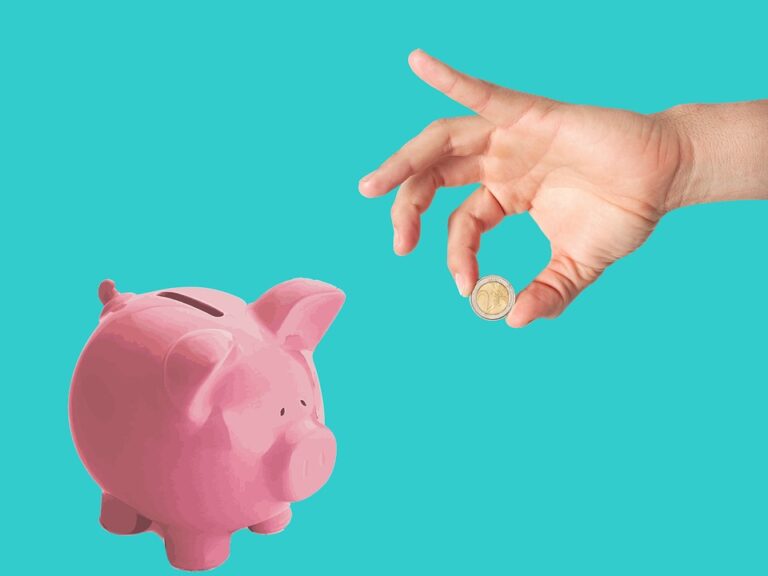Last updated Feb. 13, 2025 by Charles Zemub
As a parent, teaching kids about the value of money and the importance of saving can often feel like an uphill battle. It’s a crucial life skill, yet explaining the abstract concepts of budgeting and saving isn’t easy. Enter Disney World—not just the happiest place on earth, but surprisingly, also a wonderful setting to instill in my kids the value of money. Here’s how a family vacation to Disney World turned into an eye-opening lesson on financial literacy for my children, and how it might help others approaching this topic with their own youngsters.
The Idea of Disney as a Teaching Tool
When we decided to take our kids to Disney World, it was all they could talk about for weeks. From Cinderella’s Castle to Star Wars: Galaxy’s Edge, their excitement was palpable. As the days edged closer, and realizing this trip wasn’t going to be easy on our wallet, it dawned on me: why not use this vacation as an opportunity to teach my kids about financial responsibility?
The idea was simple. Our trip to Disney World would be a microcosm of real-world financial management. With boundless opportunities to spend and countless temptations on their trial-and-error horizons, it seemed like the ideal setting for learning crucial lessons about saving money.
Setting the Foundation: Allowance and Budgeting
Firstly, we started by giving each child a vacation allowance, which was to cover their souvenirs and extras. The kids were overjoyed with their ‘fun money,’ but we had an important discussion about what this allowance meant. It wasn’t simply free cash, but rather a set amount to budget for everything they might want while at Disney.
Tools for Teaching Budgeting
To make this real, we introduced them to budgeting tools such as:
-
Visual Planners: We helped them list out potential purchases they might consider. Disney was a land of endless opportunities—ice-cream parlors, Mickey Mouse hats, and Tinkerbell dolls. Putting a name to their desires and seeing these on paper set a distinct value on each item.
-
Savings Plan: In the weeks building up to our trip, they committed to small savings goals. Out of their weekly allowance, they would set aside a dollar to contribute to their Disney fund, showing them how small savings can accumulate over time.
- Price Comparison As Practice: We taught them how to compare prices and look for the best value. Was a $20 Olaf plush toy better value than a $5 Mickey balloon, which had to be left outside the rides anyway?
On-Ground Lessons: Spending and Consequences
Once at Disney, having money led to decision-making situations that were essential in teaching them the effects of spending. The crayons of the Disney Store, the themed caramelized apples—the choices were overwhelming; but crucially, each purchase meant less money left for something else.
Real-Time Financial Lessons
-
Delayed Gratification: When faced with purchasing decisions, we often encouraged them to wait until the end of the day before deciding. This ‘cooling-off’ period led to discussions about impulse purchases against more significant, meaningful souvenirs they genuinely wanted.
- In-the-Moment Math: Every dollar spent was deducted, and they were responsible for accounting. Keeping a running tally of their funds forced them to keep their spending in check and visualize how impulsive purchases reduced their cash pot.
Reflection Time: Post-Disney Realizations
Upon returning home, it was clear that our Disney World adventure had left an impression far deeper than vacations usually do. Our children expressed pride in their choice-making ability and a newfound understanding of financial matters.
The Benefits Manifested:
-
Developed Patience: Waiting, saving, and selective spending cultivated patience in our kids.
-
Emotional Intelligence: The pride and regret associated with their financial choices were important lessons in emotional intelligence. They learned to associate satisfaction with being a careful spender and understand the remorse of frivolous financial decisions.
- Value of Money: Money seemed a far more tangible concept than before. Disney World was where they learned that magical memories didn’t always require spending, but thoughtful allocation.
✓ Short Answer
Visiting Disney World became an ideal interactive classroom, teaching my kids financial responsibility. Through real-time budgeting of their allowance, evaluating spending choices, and learning the importance of delayed gratification, our trip cultivated enduring financial literacy skills. The lessons learned extended far beyond the parks, leaving a lasting positive imprint on their spending habits.
FAQs
Q: How did you prepare your kids before the trip?
A: We engaged our kids using visual planners and had discussions about budgeting. They set aside part of their weekly allowance into a separate jar marked "Disney Fund" for a few months prior to the trip.
Q: What tools worked best for teaching budgeting at Disney?
A: Visual lists of potential purchases, practicing basic math for real-time budgeting, and price comparison were effective. The emphasis was on managing their own money and making choices independently but with guidance.
Q: Did your children miss out on any experiences?
A: They didn’t feel left out. Often they’d find joy in non-monetary attractions, and when they chose not to buy something impulsively, they were satisfied with having made another rewarding purchase later.
Q: What did you do post-trip to reinforce the lesson?
A: We had discussions about what they enjoyed, regretted, and what they’d do differently next time. It became a practical reference for discussing future money-related decisions, embedding long-term values of financial prudence.
In delivering life lessons masked as magical adventures, Disney World transformed from a crowded theme park into a vibrant classroom. This tangible experience imparted financial literacy and created relaxed platforms for practical learning—which indeed is the real magic.




